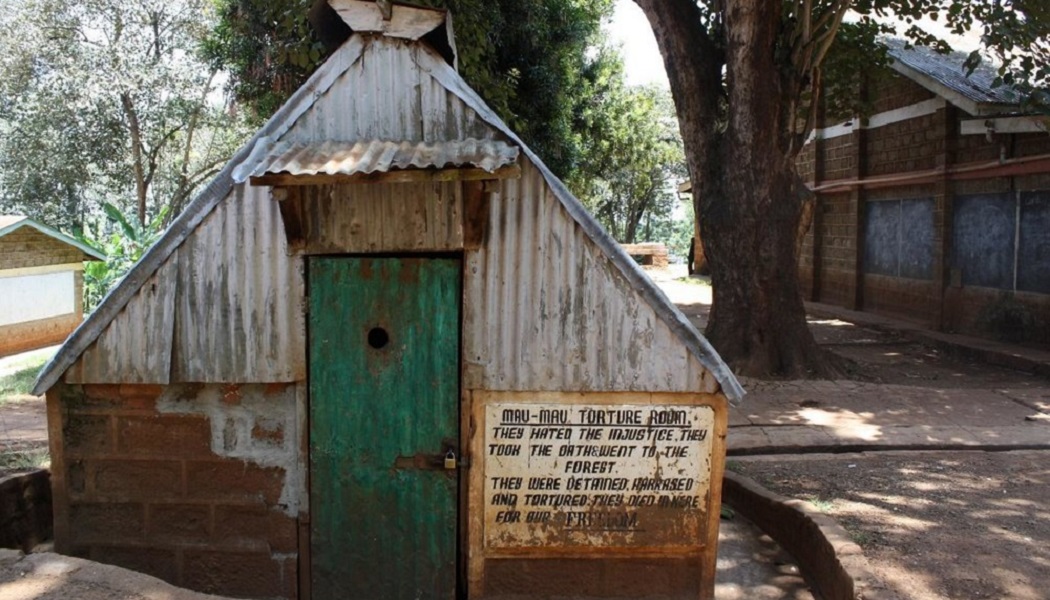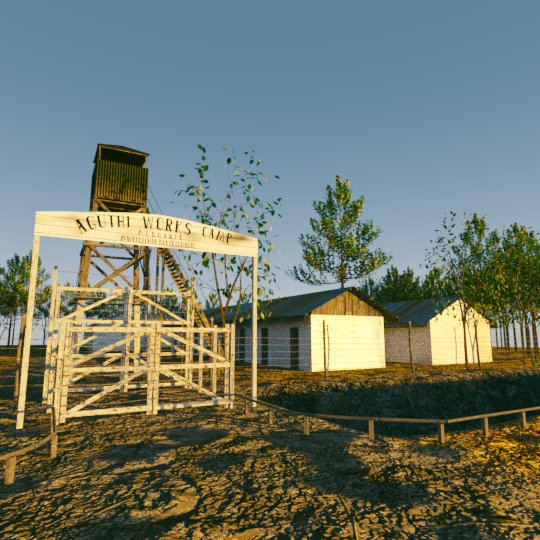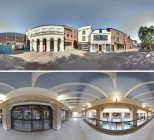The introduction of 3D reconstructions, undertaken in partnership with African Digital Heritage, adds to the museum’s existing digital offerings of oral history recordings and testimonies; documentaries; photography; and interactive digital maps.
The museum operates as a volunteer organisation across Kenya and the UK, so a digital approach enables work to be shared without the need to occupy expensive exhibition space or possess physical collections. The potential audiences for such exhibitions are also hugely increased by being made available online.
The new resource focuses on the colonial era Aguthi and Mweru detention centres, located in Kenya’s central region. The museum notes that the British colonial administration established the sites as part of a country-wide “pipeline” made up of more than 100 such detention camps, works camps and emergency villages. These locations were used to detain and control the native Kenyan population during the State of Emergency between 1952 and 1960.


Models of the camps have been created by museum staff Chao Tayiana, Mike Wanjala and Grace Sampao and form part of a larger, ongoing effort to creatively communicate a “more truthful account of British colonial history in Kenya”.


The reconstructions are the first in what will become a series of 3D exhibits designed to spark conversations on and boost wider awareness of the presence of such sites in the African nation.









